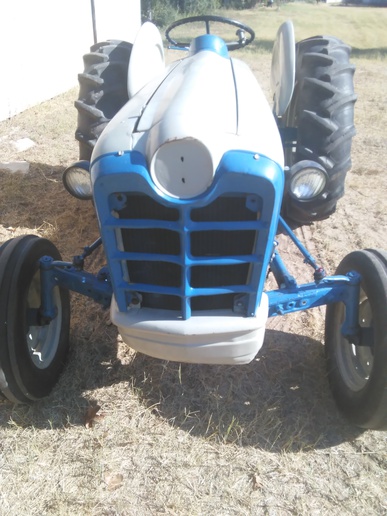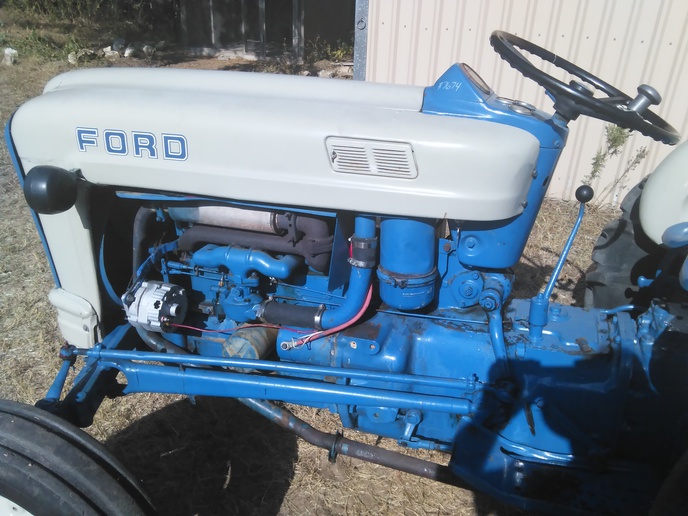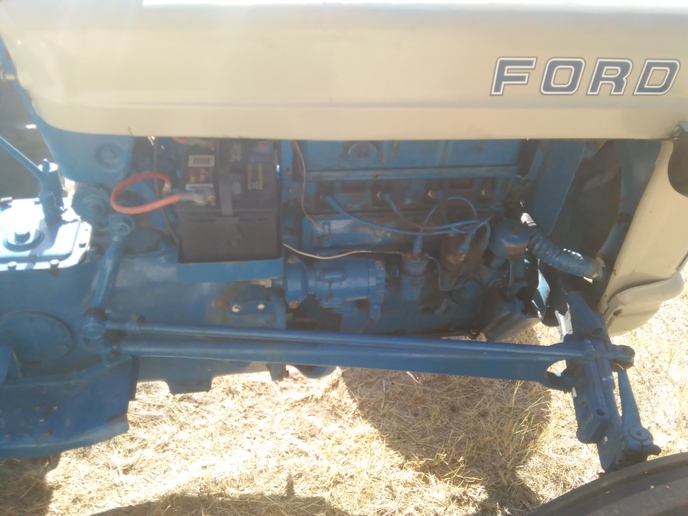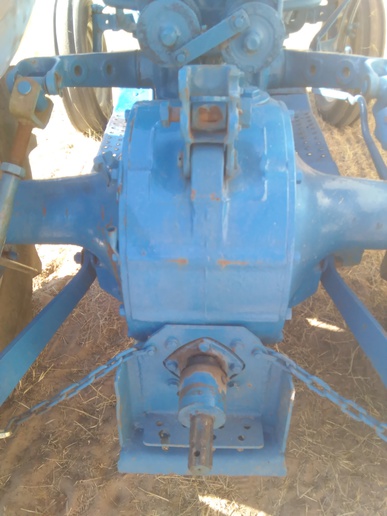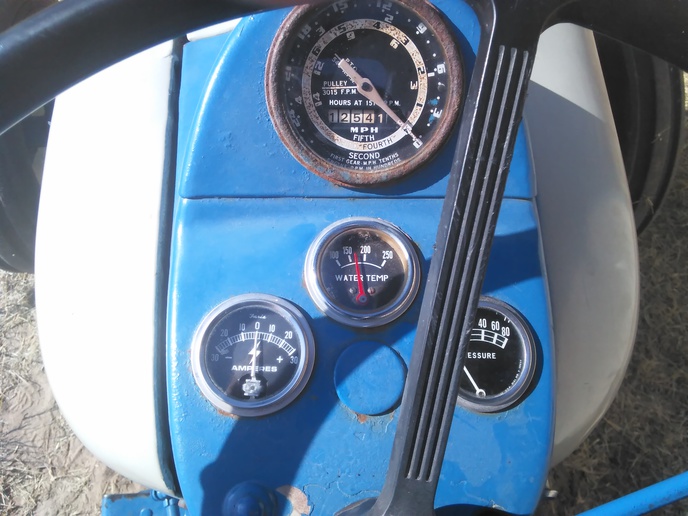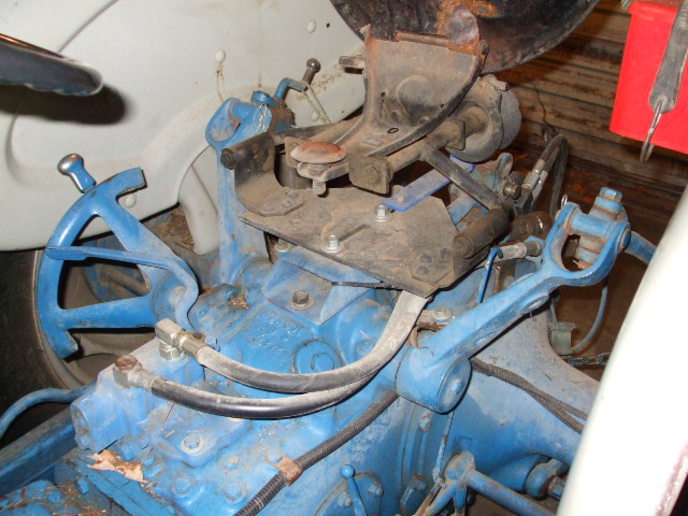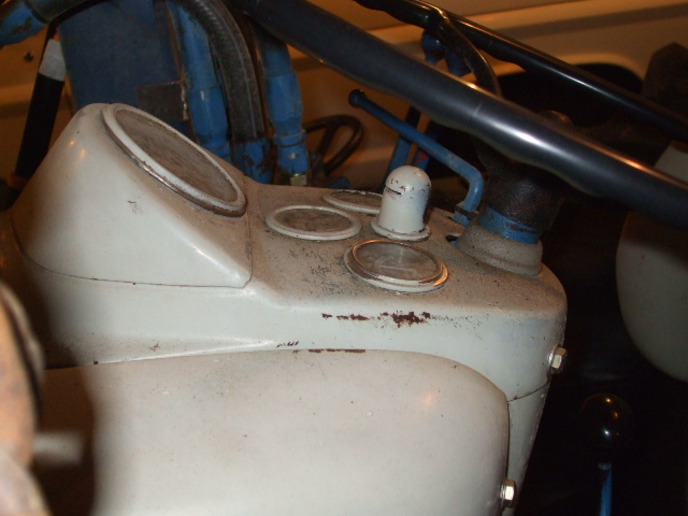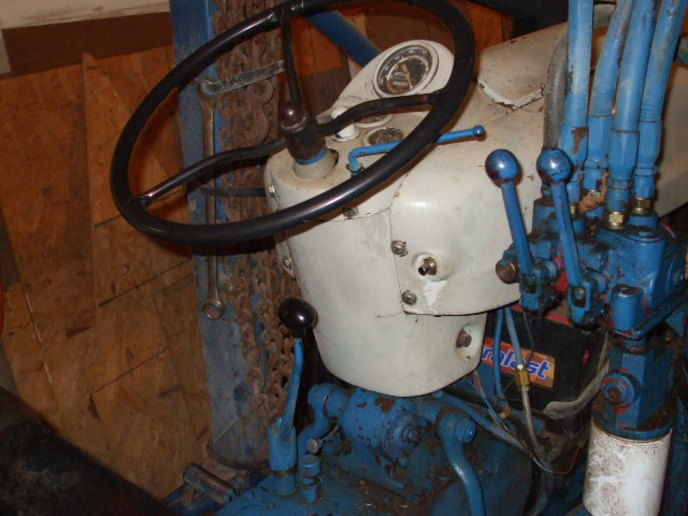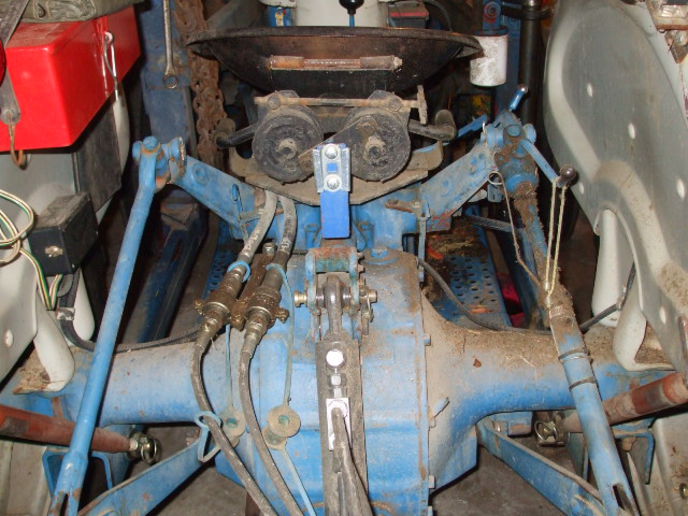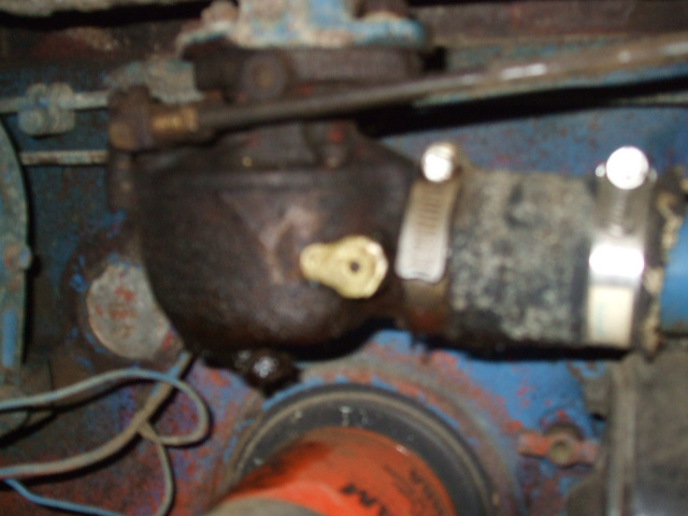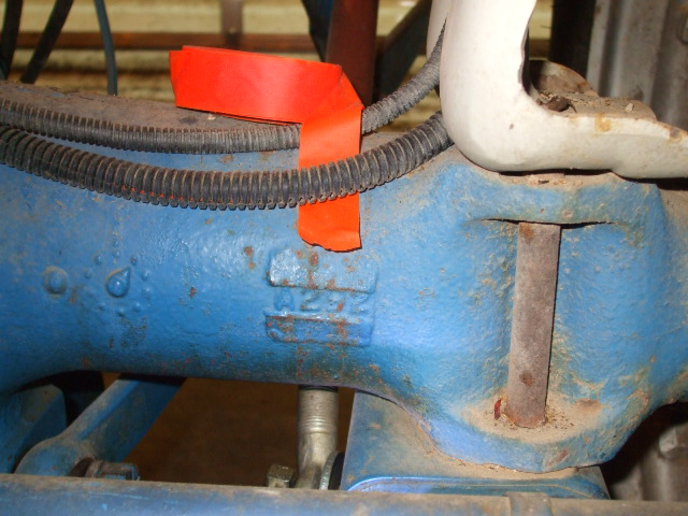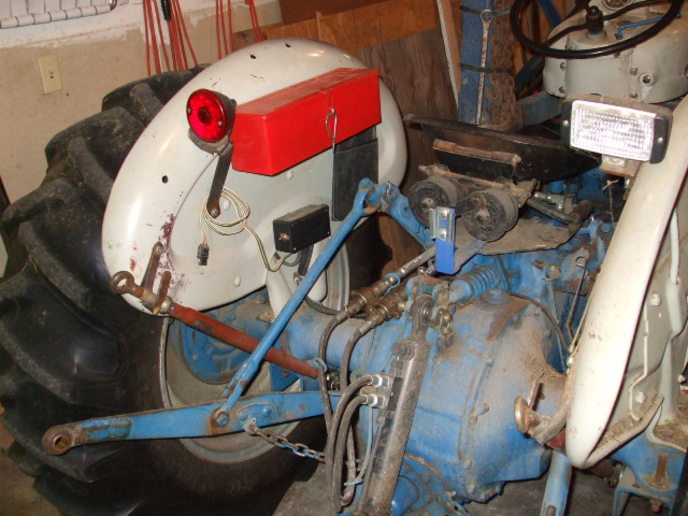You must have a real Ford, needs repair already! ;-)
>But I like the tractor, so more fun to repair. Hate dumping time and money into equipment I don't like just to feel like I have to keep using to get return of investment.
It is 1 am here so just a quick note. The starter switch on the transmission can be tested by putting a test lead from a meter or test light to a positive source and the other lead to the connection on the front of the push button switch, all the push button does is provide ground to activate the solenoid, providing the transmission is in neutral.
>Ordered a new starter switch, plug wires and solenoid from this site since they are pretty cheap for new parts. Sometimes I fix the existing parts (like I am doing for the battery cables) and sometimes I just replace. Bad solenoids just irritate me - I went through two of them on a new pull behind mower, third time I put a truck solenoid on it to be heavy duty.
I should have asked if yours is 6 or 12 volt, positive or negative ground?
>I should have said - 12 volt, negative ground with a new in appearance alternator.
Anyway the fine people who provide this site sell parts and manuals to help support our habit. If you go to the top of the page and click on Ford at the top right, then 801, then electrical system, you will find a key switch near the top and a starter solenoid about half way down. Lots of other useful stuff on here. If you haven't bought manuals yet I can provide a basic wiring diagram to get you started.
>Glad to hear that they are fine folks. Ordered the above mentioned parts from them last night along with a maintenance DVD and tune up booklet. I am eyeing the new and rebuilt carbs (at least one of which is suitable for 600 and 800 series - so still use if I up the engine to 172 ci performance, other models say improvement over original carb - will research before buying one. The existing carb is probably OK though it needs new needle valve as existing one was corrected with a hammer to make it seat properly). Also thinking about switching to electronic ignition at some point - points and plugs appear fairly new so I have some time there.
The big Ford Tractor Shop Manual 1955-1960 that they sell here has proven very useful to me.
>Ordered a Manual that covers 1953-1964 600 to 4000 models which should be here tomorrow. Wanted something that covered the parts in the tractor that I know about so far.
The starter solenoid for use with the original starter push button has 4 posts, the one on your tractor may only have 3 with the key switch. Electrical is not my forte but I stumble through with help from the manuals.
>Thanks - I will mess with it after the new switch and starter button arrive. Electrical on the tractor seems pretty easy so far, plus shouldn't have to hang upside down like under a car dash

One more thing, the Ford board down below is where a lot of the mechanically minded Ford people hang around, you may want to pick their brains also. I prefer to troubleshoot and repair than throw parts at it and hope, I think it is cheaper. I will give some thought to your troubles tomorrow. Oh, the carb is simple, disassemble soak in a carb cleaning solution can from your favorite auto parts store and re-assemble with a kit from YT.
>I will most likely just replace the carb with a new or rebuilt one that will work with either the 134 or a 172 ci engine, rather than rebuild mine. Not sure yet.
